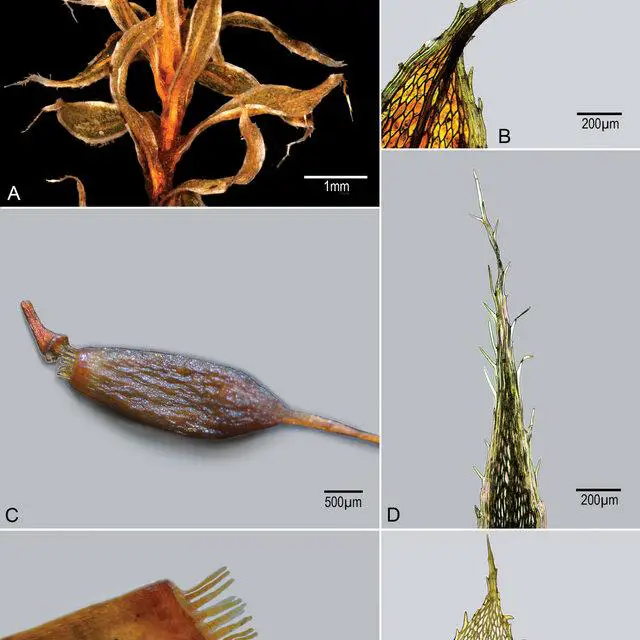
Brachymenium-ayangannensis-HRob-GKGolinski-A-Leafy-stem-showing-distorted-leaves-B_Q640.jpg from: https://www.researchgate.net/publication/343408326_Notes_on_Brachymenium_in_Guyana_with_a_new_species_from_Mt_Ayanganna
Exploring the Fascinating World of Brachymenium dicranoides Moss
Introduction
Today we’re diving into the captivating realm of Brachymenium dicranoides (Hornsch.) A.Jaeger, a unique species of moss in the Bryaceae family. Also known simply as
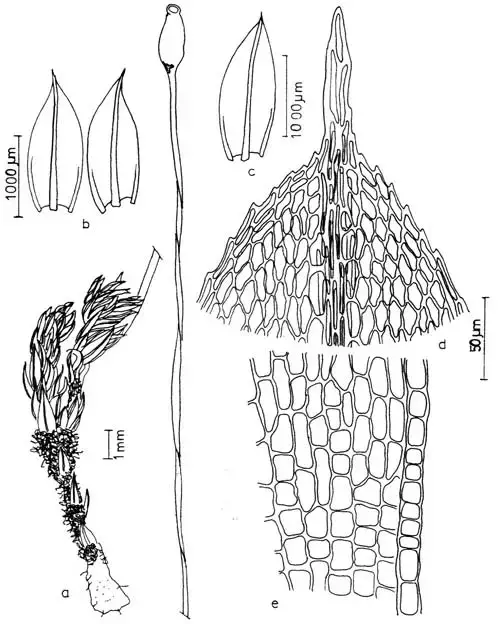
Figura-1-Brachymenium-speciosum-a-Aspecto-geral-do-gametofi-to-b-c-Filidios-d.png from: https://www.researchgate.net/figure/Figura-1-Brachymenium-speciosum-a-Aspecto-geral-do-gametofi-to-b-c-Filidios-d_fig1_262468133
Brachymenium, this tiny but mighty plant plays important ecological roles. Let’s explore the morphology, distribution, habitat, and adaptations of this intriguing moss.
Background on Brachymenium Moss
Brachymenium dicranoides is a species of moss classified in the
Brachymenium-speciosum-Hook-Wils-Steere-A-Part-of-leafy-stem-showing-distorted.ppm from: https://www.researchgate.net/figure/Brachymenium-speciosum-Hook-Wils-Steere-A-Part-of-leafy-stem-showing-distorted_fig2_343408326
Bryophyta division and Bryopsida class. The Bryaceae family to which it belongs contains around 550 species found worldwide. Mosses like Brachymenium lack true roots, instead absorbing water and nutrients through their leaves.
Morphology and Identification
Brachymenium dicranoides forms small tufts or cushions, typically reaching heights of
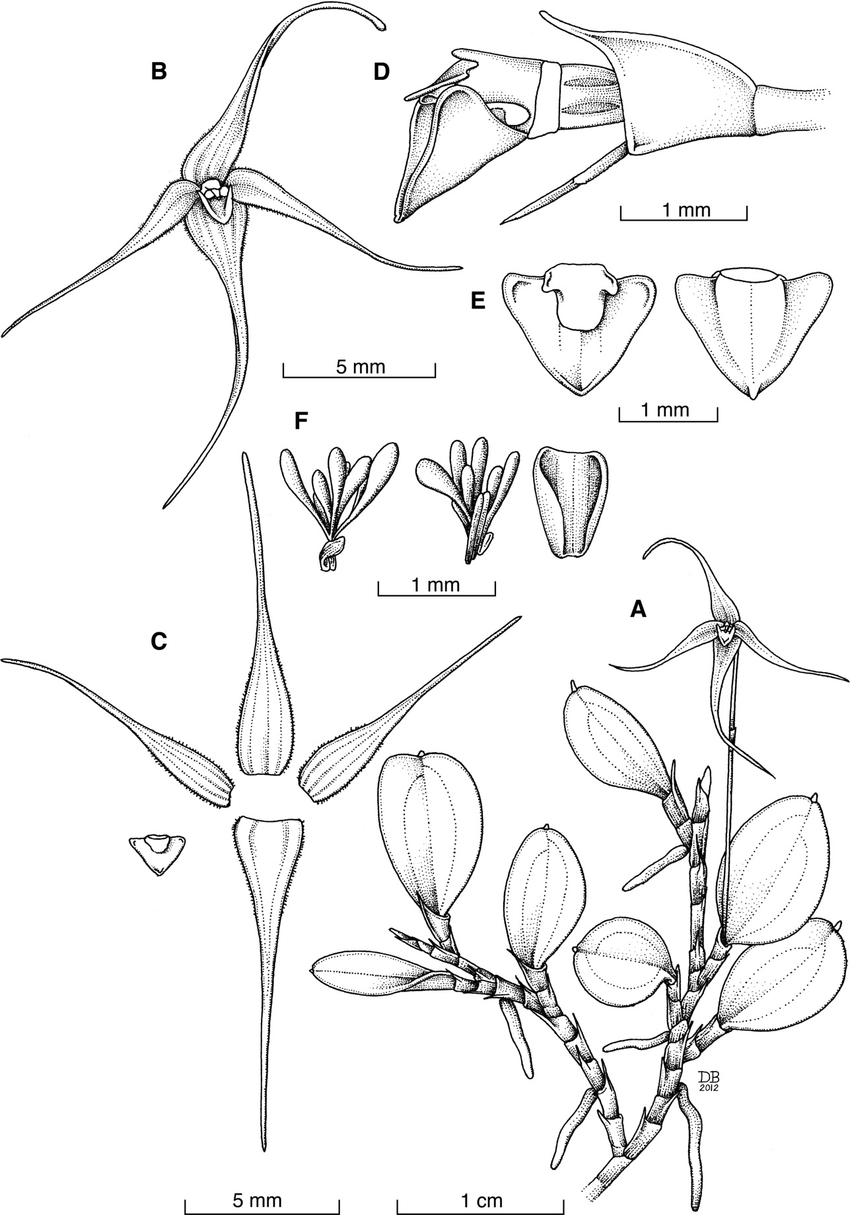
Brachionidium-cornu-nigricum-Based-on-D-Bogarin-et-al-4464-JBL-A-Habit-B-Flower.png from: https://www.researchgate.net/figure/Brachionidium-cornu-nigricum-Based-on-D-Bogarin-et-al-4464-JBL-A-Habit-B-Flower_fig1_312058517
3-10 mm. Its leaves are lanceolate in shape, tapering to a fine point. The leaf margins are entire (smooth-edged) and the midrib extends to the leaf tip. Capsules are ovoid to cylindrical, borne on a seta
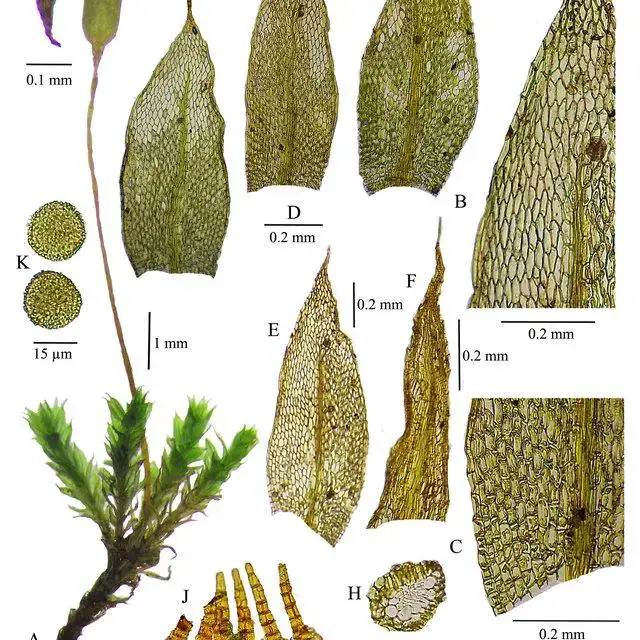
Brachymenium-elimbatum-A-Habit-wet-B-Vegetative-leaf-apex-C-Vegetative-leaf-base_Q640.jpg from: https://www.researchgate.net/figure/Brachymenium-elimbatum-A-Habit-wet-B-Vegetative-leaf-apex-C-Vegetative-leaf-base_fig1_341827843
(stalk) and covered by a calyptra (hood) when immature.
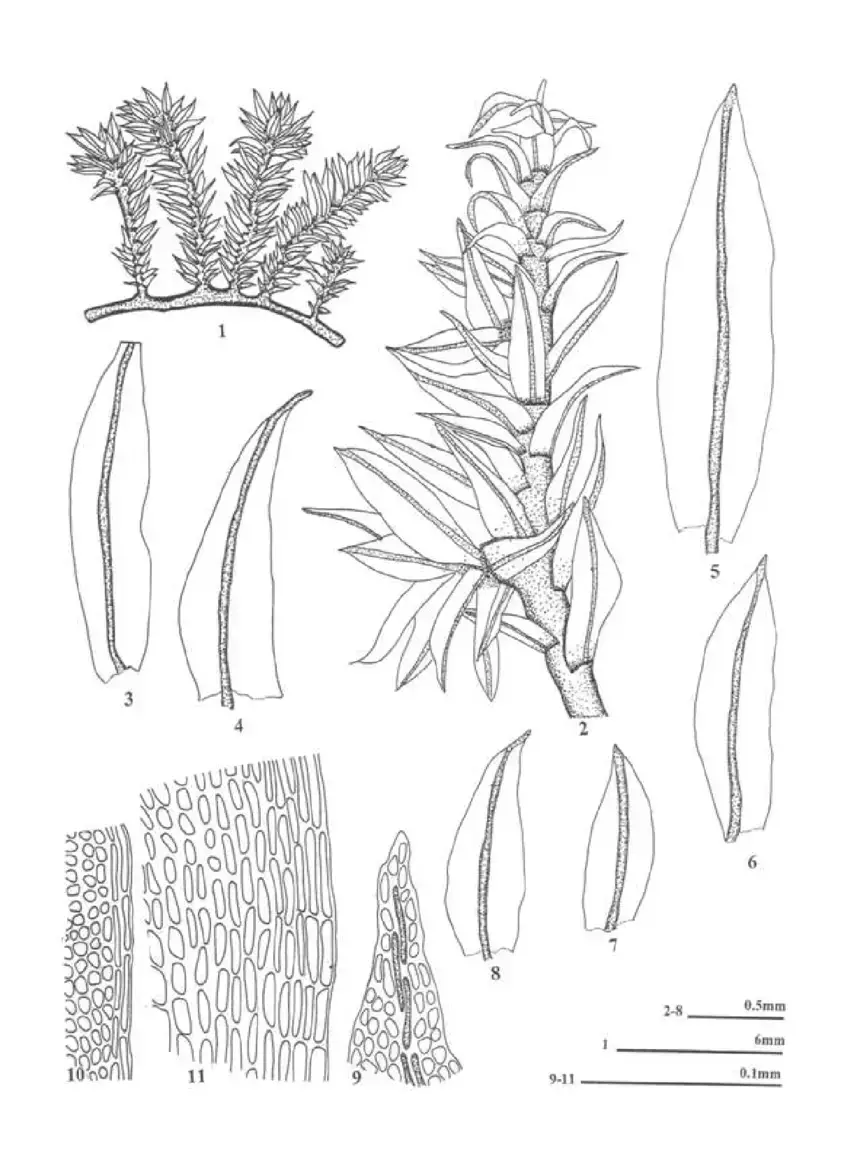
Fig-C1-11-Hornsch-Wijk-Marg-1-abit-2-Arrangement-of-Leaves-on-stem-3-8.png from: https://www.researchgate.net/figure/Fig-C1-11-Hornsch-Wijk-Marg-1-abit-2-Arrangement-of-Leaves-on-stem-3-8_fig1_305716337
Global Distribution and Habitat
This moss has a widespread distribution, found in many regions around the world including Europe, Asia, Africa, Australia, and the Americas. It grows on various substrates such as soil, rocks, tree bark, and rotting logs. Brachymenium dicranoides tolerates a range of environmental conditions but prefers humid, shaded habitats like woodlands and forests.
Ecological Roles and Adaptations
Like other mosses, Brachymenium plays vital roles in its ecosystems:
- Helps retain moisture and prevent soil erosion
- Provides shelter and microhabitats for invertebrates
- Pioneers the colonization of disturbed areas
- Contributes to nutrient cycling and carbon storage
Brachymenium has several adaptations that allow it to thrive:
- Poikilohydry: can survive desiccation by suspending metabolic activity when dry
- Rhizoids: root-like structures that anchor the moss and absorb water and minerals
- Phyllids: specialized leaf-like structures optimized for photosynthesis and water/nutrient uptake
Conclusion
From its tiny size to its global reach,
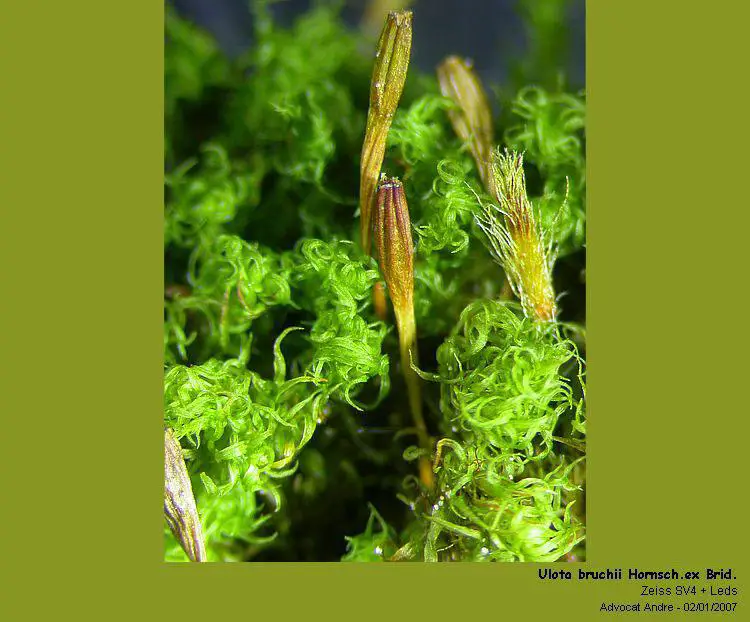
post-25-1167844922.jpg from: https://forum.mikroscopia.com/topic/5361-ulota-bruchii-hornschex-brid/
Brachymenium dicranoides
51f666efa7bd3a6329324b9b06993673132c1469 from: https://identify.plantnet.org/the-plant-list/species/Arenaria dicranoides Kunth/data
moss proves that even the most unassuming organisms can have an outsized ecological impact. Its ability to grow in diverse habitats and withstand harsh conditions makes it a true survivor. The next time you spot a patch of moss, take a closer look – you may be gazing at the mighty yet miniature world of Brachymenium! What other secrets might these ancient plants hold?
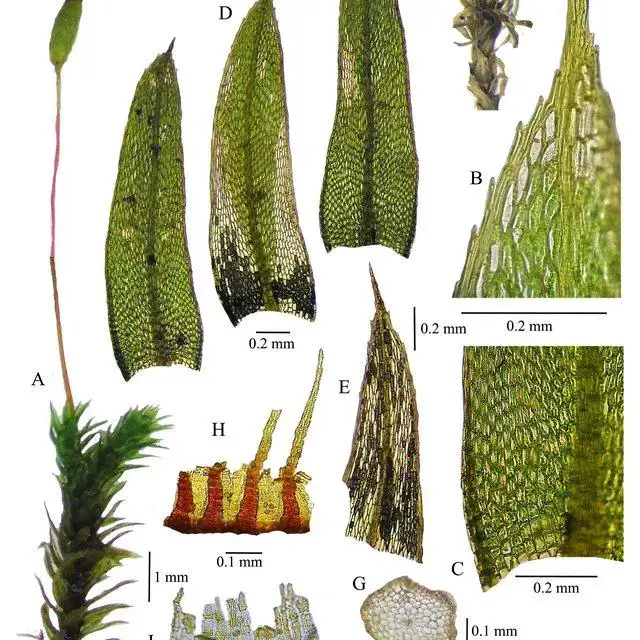
Brachymenium-sublineare-A-Habit-wet-B-Vegetative-leaf-apex-C-Vegetative-leaf-base_Q640.jpg from: https://www.researchgate.net/publication/341827843_New_and_endemic_species_of_Brachymenium_Bryaceae_Bryophyta_in_the_Atlantic_Rainforest_of_Brazil
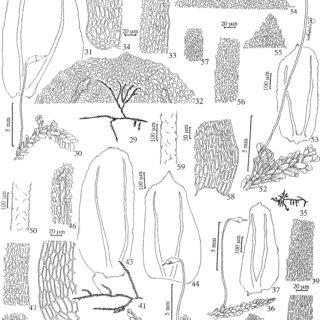
Figuras-29-34-Callicostella-merkelii-Hornsch-A-Jaeger-29-Habito-30-Detalhe-do_Q320.jpg from: https://www.researchgate.net/figure/Figuras-29-34-Callicostella-merkelii-Hornsch-A-Jaeger-29-Habito-30-Detalhe-do_fig2_250021396